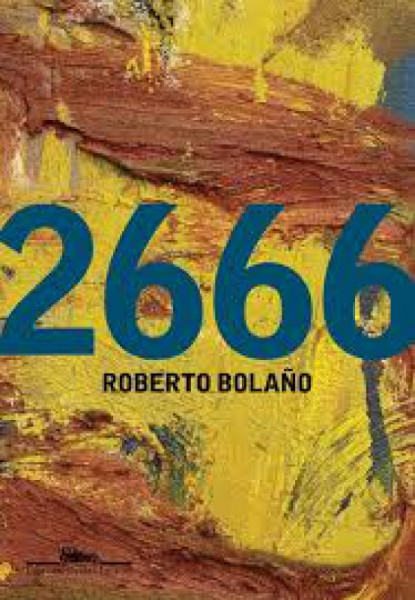

To call 2666 ambitious is to understate its scale. (Considering that Bolano died in 2003 before he finished the final book of the five-part sequence, that’s quite a feat.) In his hands, narrative tangents, followed to their logical (or illogical, as the case may be) conclusions, fill in the spaces opened up by the boundlessly layered story lines. Among the countless stories that he tells in 2666, his 900-page cinderblock of a novel, there is not one that feels incomplete. Roberto Bolano is a master of digression. Their lives intersect in the urban sprawl of Santa Teresa-a fictional Juárez-on the U.S.-Mexico border, where hundreds of young factory workers, in the novel as in life, have disappeared ( From the publisher.) Its throng of unforgettable characters includes academics and convicts, an American sportswriter, an elusive German novelist, and a teenage student and her widowed, mentally unstable father. Winner, 2008 National Book Critics Circle AwardĬomposed in the last years of Roberto Bolano’s life, 2666 was greeted across Europe and Latin America as his highest achievement, surpassing even his previous work in its strangeness, beauty, and scope.

Roberto Bolano, trans., Natasha Wimmer, 2004 Summary | Author | Book Reviews | Discussion Questions


 0 kommentar(er)
0 kommentar(er)
